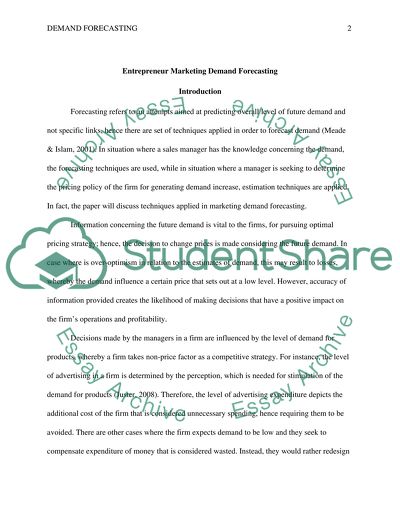Cite this document
(“Entrepreneur Marketing: Demand Forecasting Essay”, n.d.)
Entrepreneur Marketing: Demand Forecasting Essay. Retrieved from https://studentshare.org/marketing/1458031-entrepreneur-marketing-demand-forecasting
Entrepreneur Marketing: Demand Forecasting Essay. Retrieved from https://studentshare.org/marketing/1458031-entrepreneur-marketing-demand-forecasting
(Entrepreneur Marketing: Demand Forecasting Essay)
Entrepreneur Marketing: Demand Forecasting Essay. https://studentshare.org/marketing/1458031-entrepreneur-marketing-demand-forecasting.
Entrepreneur Marketing: Demand Forecasting Essay. https://studentshare.org/marketing/1458031-entrepreneur-marketing-demand-forecasting.
“Entrepreneur Marketing: Demand Forecasting Essay”, n.d. https://studentshare.org/marketing/1458031-entrepreneur-marketing-demand-forecasting.


